By Arun Shankar
EXCLUSIVE
Inside Veeam’s Act II, data portability across the public cloud is a strategic part of its remapping driven by transformation and post pandemic workplace.
Digital transformation and the emergence of the post pandemic world, have worked hand in hand to boost adoption of cloud, wherever it was laggard, and reinforced the securing of remote work collaboration. Organisations that were used to working on-premises have been forced to migrate workloads to the cloud. And those that were already working in the cloud have been compelled to consider data portability from one cloud hyper scalar to the other.
In June this year, Veeam Software, a vendor in backup solutions that delivers cloud data management, announced that it was now in Act II of its own transformation. According to Veeam’s Danny Allan, CTO and Senior Vice President, Product Strategy, there are three key aspects that now define the vendor’s transformation into Act II.
The first aspect of Act II is how this transformation has impacted its products. “Act I for us was very much about protecting data that was on-premises,” says Allan. This included physical systems and virtual systems while supporting vSphere, Hyper V, Acropolis, amongst others.
The second aspect of Act II is how transformation has impacted the key enabling platform, and this is about migrating from on-premises to the cloud. Rather than focusing on storage, snapshot integration and hypervisor integration, Veeam is focusing on APIs of hyper scalar public clouds. There are many aspects of the on-premises world that are missing in the public cloud world and that need to be developed and delivered by Veeam.
“Act II at a technology level, is about moving to the cloud. There is a big distinction, because public clouds may not have core capabilities like change block tracking, log transactions, iterative log transactions for databases. Those need to be introduced for a cloud world. But the high level is going from on-premises to a cloud centric world,” explains Allan.
Moving from on-premises to the cloud has also meant more efforts on continuous development, innovation and release to end users. In Act I, which was driven by on-premises installation, Veeam solutions for datacentres were upgraded once or twice a year.
“People do not want to change their infrastructure on a regular basis. And you typically would release every six months or every year because they are not updating their datacentre on a regular basis,” continues Allan.
However, typically upgrades in the public cloud by hyper scalars are much more frequent. When people are deploying in AWS or in Azure or in Google, they are updating continuously. In fact, there is a term – continuous integration and continuous development, where they are always updating. And so, from Veeam, there is an expectation of much faster release cycles in Act II than in Act I, points out Allan.
The third aspect of Act II is how this transformation has impacted Veeam’s business model and includes software licensing. For Veeam, the on-premises model for software licensing used was sockets and servers. However, in the cloud, these units do not exist and the concept is around instances of databases in the cloud. “So, the licensing model has also shifted,” points out Allan.
In summary, Veeam’s Act II is about shifting from on-premises to the cloud; shifting the release mechanism to match cloud movement; and licensing similar to how people are consuming in the cloud.
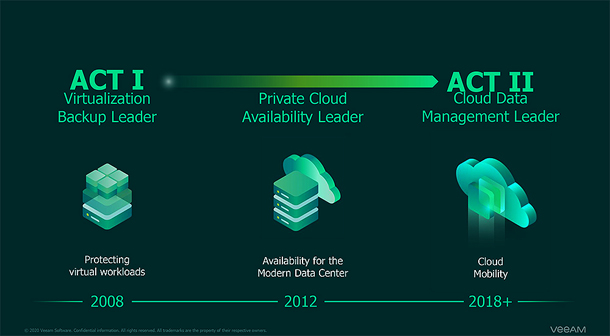
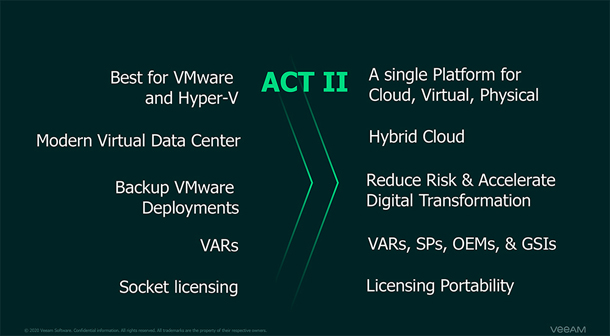
Why are hyper scalars so important?
The pandemic has accelerated the move towards digital transformation. “The shift that we are seeing right now in digital transformation is that the major part of the market is simply adopting more digital technologies,” reflects Allan.
This acceleration of digital transformation and the huge leaps in adoption of remote working is creating a challenge for Veeam. “One of the things that has impacted us is how do we take the data that we are collecting and make it more accessible to partners because that might be someone running in the public cloud in Azure,” says Allan.
This is about making the data highly available across all platforms including the public cloud. This is about meeting the hugely increasing demand for data portability and the need for data reuse.
The predominant driver of why Veeam is working with the hyper scalars is therefore, simply the movement of workloads into the cloud, according to Allan. This translates into three types of innovation activities.
The first innovation is taking backups on-premises and then moving them to the public cloud. End users are increasingly creating data on-premises but moving them to the cloud subsequently. “Customers do not want to manage storage on-premises anymore,” points out Allan.
The second innovation is to manage and power-on workloads and backups in the various public cloud hyper scalars, whether it is Microsoft Azure, AWS or Google.
“If you are storing your backups already in the cloud, you might want to hit a button and say, well, it is already there, just power it on. And so that is the second capability,” he explains.
The third innovation is ensuring the high availability of workloads in public cloud hyper scalars, through data protection and data recovery. And the reason for this is again, working in the cloud for end users is not the same as working on-premises.
The public cloud creates limitations in access to the system and compute infrastructure on which it is running, that end users do not experience when they are working on-premises. “In the public cloud, that is not the case. They do not have access to the hypervisor, they do not have access to the storage system. They only have access to the API’s that are available,” says Allan.
This puts the pressure back on Veeam to ensure that the same level of performance that end users are used to on-premises is made available to them in the cloud as well. As an example, through its engagement with hyper scalars and through their APIs, Veeam has been able to activate change block tracking inside AWS, that end users were not aware of that they needed.
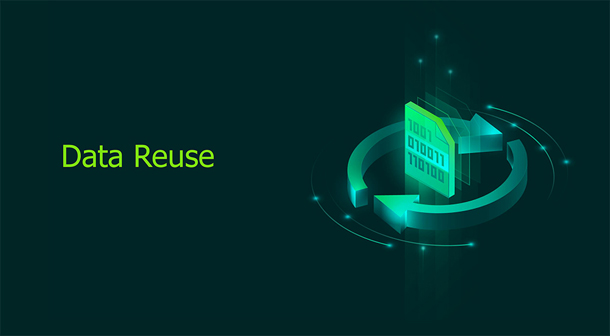
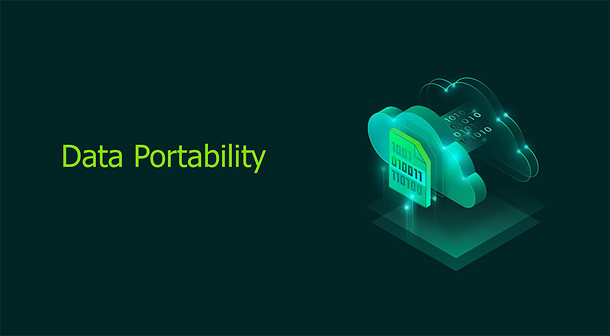
Working with hyper scalars
Going forward into 2021, the top focus for Veeam is in the last three words of its vision statement. And that is to be the most trusted provider of backup solutions that deliver cloud data management. Remarks Allan, “If I just look on a daily basis in my calendar, who I spend the most time with, it is Microsoft Azure, it is AWS, it is Google. So, all three of those public hyper scalars. I spend more time with them than I do with traditional on-premises partners.”
That is not to say that the on-premises ecosystem is not important for Veeam, “But I do believe that the public cloud will be the strategic focus for us,” clarifies Allan.
In its most recent announcements, Veeam is now supporting Google Cloud Storage and support for Google Cloud VMware engine.
For Veeam’s Allan, the API portfolio of the cloud providers is of most interest. When operations are being run on-premises, end users and developers have full access to the underlying systems infrastructure, right down to chipsets. However, in the public cloud, things are very different.
Developers no longer have that level of access and that requires all APIs related to the specific public cloud to be made available to achieve the same outcomes that they would have achieved on-premises.
Says Allan, “I am always most interested in working with them. First of all, examining, but then working with them to make sure that the right API’s are available for customers to achieve those best possible outcomes,” he explains.
Allan also points out that the reason for his interest is that cloud hyper scalars and cloud service providers tend to focus more on infrastructure resiliency and sometimes miss out on the need for data resiliency and business resiliency. “They do not always believe that those APIs are needed and so they do not expose and turn on those APIs,” elaborates Allan.
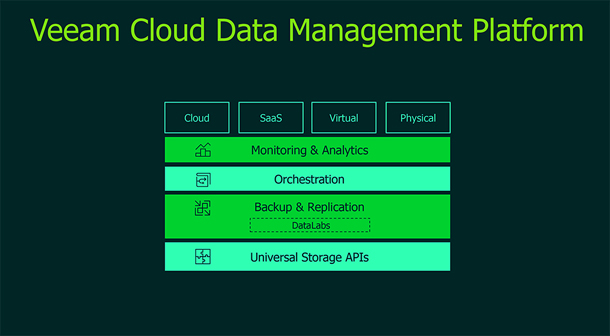
Orchestrating the cloud
Veeam Availability Orchestrator Version 3 was made available from July this year. This is an enterprise tool that orchestrates recovery from either snapshot replication or from backups or from storage replication.
Allan points out that most Veeam products are so simple that anyone can use them, except for Veeam Availability Orchestrator. “The reason for that is not because the tool cannot be used by small and medium and commercial businesses, but because it requires expertise to understand the processes,” he says.
Orchestration is not about technology. Orchestration is taking manual processes of an organisation and codifying them so that you can create dynamic documentation, that can be tested on regular basis. This means ensuring that all the workflows that you would expect to work will actually work. And that requires subject matter expertise.
Continues Allan, “Everyone talks about people, process and technology. It is not really about the technology. And it is not really about the people. It is about that process. And it requires expertise to automate that process.”
What enterprises are orchestrating today is their on-premises disaster recovery. Allan expects this orchestration to shift to the cloud in a year or two. “I expect there to be more of a focus on disaster recovery and business continuity into the public cloud as opposed from datacentre A to datacentre B.”
Over the last 14 years, if Veeam has been so successful in the on-premises market, its diligent and strategic remapping and alignment with hyper scalars promises an equally healthy dose of innovation yet to come.
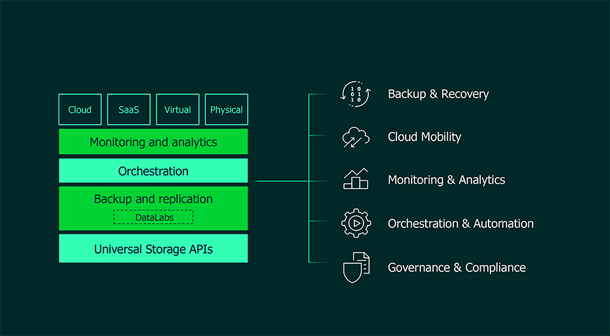

Enter the CISO
In February 2020, Veeam appointed Gil Vega as its Chief Information Security Officer. Allan indicates that one of the key reasons for the appointment was to bring more rigour into Veeam’s internal security programmes across its $1B sized revenue global operations. “We had to ensure that we had the security that is expected of a company that is doing a billion dollars in annual sales,” he says.
However, Veeam does not intend to become a security solutions company. “We have a host of capabilities across the platform specific to security,” explains Allan. “We are not trying to be a security company. But what we do want is to help our customers have systems that are more resilient and more secure against the threats that they face every day.”
To complete the offering, Veeam has added APIs as well inside its products so that when end users do a backup, they can crack the data open and analyse them for malware on a regular basis.
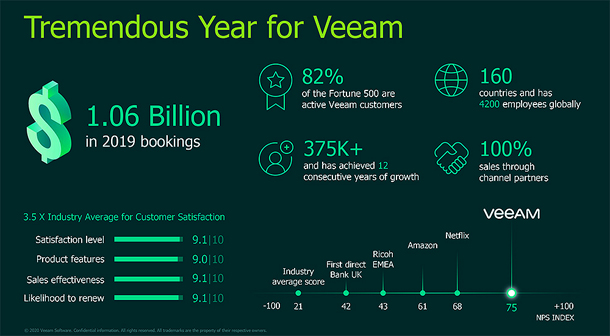
What is Veeam doing so right?
On 29 July, Veeam Software, announced its biggest second quarter in the company’s history. It announced an annual recurring revenue increase of 20% YoY for Q2 2020, the biggest second quarter in the company’s 14-year history. In addition, Veeam reported its largest ever quarter for total bookings of its fastest growing product, Veeam Backup for Microsoft Office 365, with an 89% YoY increase and a 75% YoY gain in overall subscription bookings.
So, what is Veeam doing so right, a vendor that first began its journey in 2006.
The focus is all about helping customers navigate their move to hybrid-multi-cloud for data protection and how organisations are looking to embrace new data management models for on-prem, hybrid and multi-cloud.
Since the start of 2020, Veeam has reported annual recurring revenue increase of 21% year-over-year for Q1 2020 and that it is experiencing success in market adoption of its subscription offering, Veeam Universal License, reporting 97% YoY increase in bookings across more than 375,000 customers.
44% of global enterprises are being hindered in their digital transformation journeys due to unreliable, legacy technologies, according to the Veeam 2020 Data Protection Trends Report.
ESG research highlights that protecting applications and data wherever they live is a key business and IT mandate. With many mission-critical workloads and data sets now residing on hyperscale cloud platforms, organisations must take a close look at their data protection processes and solutions in those environments in order to ensure recovery SLAs are met across all platforms.
Veeam announced the New Veeam Availability Orchestrator, VAO v3, which provides businesses up to 80% cost savings, while receiving a purpose-built disaster recovery planning and compliance solution for workloads, dramatically simplifying and improving DR and business continuity. Automating manually intensive processes and driving business value by unlocking the potential of otherwise dormant data is key to a more agile business.
As the transition to the work from home environment explodes, Microsoft Teams usage has increased to more than 75 million daily active users as employees strive to communicate, collaborate and stay productive. Veeam Backup for Microsoft Office 365 v5 makes it easier than ever for users to restore and find documents and files from within Microsoft Teams.
As Veeam’s fastest growing product, with downloads by more than 120,000 organisations, representing over 12 million user mailboxes, the latest version of Veeam Backup for Microsoft Office 365 will build on the product growth and momentum to deliver native backup and recovery for Microsoft Teams.
Google Cloud has ascended as one of the top three hyperscale providers on the market. Veeam is one of the founding partners for Google Cloud VMware Engine, a fully native solution for customers to run applications on VMware Cloud Foundation in Google Cloud. The solution is a fully compliant and supported by Google Cloud.
Customers can deploy VMware vSphere-based workloads, on Google Cloud. The new solution puts Veeam in a unique position of providing data protection for protecting the workloads, whether they run on-premises, in the cloud or in the hybrid cloud.
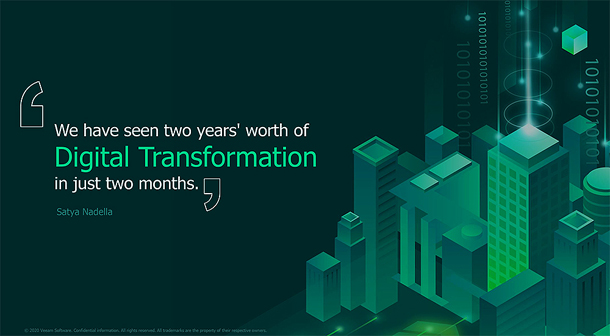
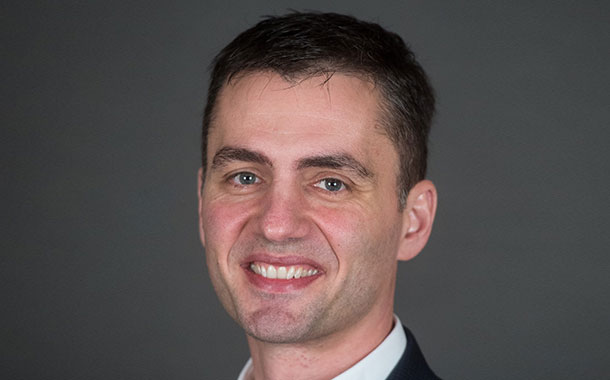
Insights
- People do not want to change their infrastructure on a regular basis.
- Veeam’s Act II is about shifting to cloud, shifting to cloud release mechanism, shifting to cloud licensing.
- The driver of why Veeam is working with hyper scalars is simply movement of workloads into cloud.
- The public cloud creates limitations in access to compute infrastructure that end users do not experience on-premises.
- If I just look on a daily basis in my calendar, who I spend most time with, it is Microsoft Azure, AWS, Google.
- Veeam is now supporting Google Cloud Storage and support for Google Cloud VMware engine.
- Cloud hyper scalars tend to focus on infrastructure resiliency and sometimes miss data resiliency and business resiliency.
- They do not always believe that those APIs are needed and they do not expose and turn on those APIs.
- Veeam products are so simple that anyone can use them, except for Veeam Availability Orchestrator.
- Orchestration is taking manual processes of an organisation and codifying them to create dynamic documentation.
- This means ensuring workflows that you would expect to work will actually work and that requires subject matter expertise.
- Everyone talks about people, process, technology. It is not about technology. It is not about people. It is about process.
- It requires expertise to automate process.
























